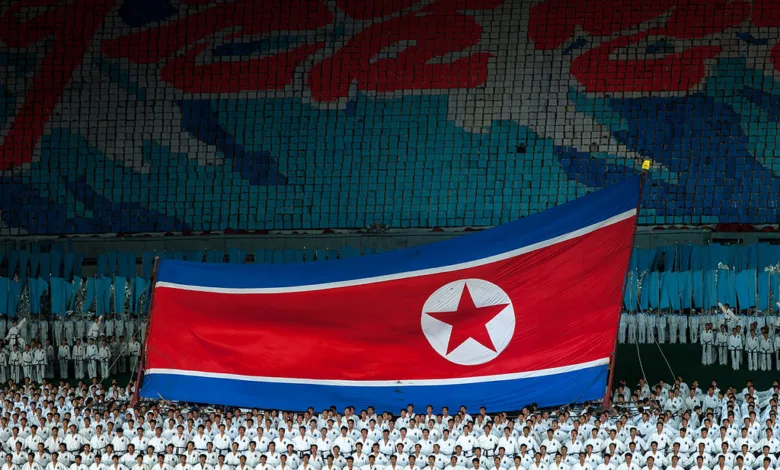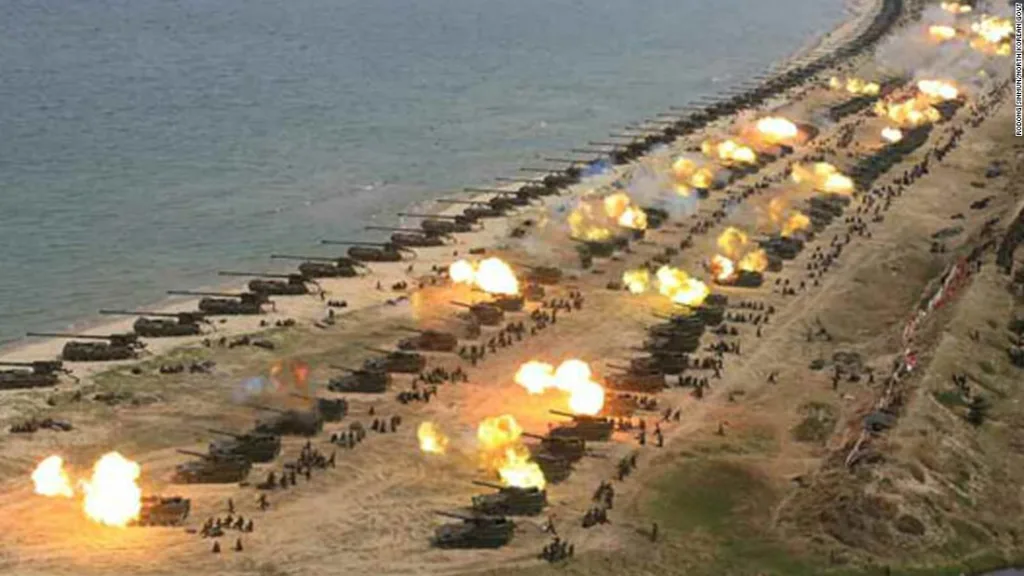

North Korean leader Kim Jong Un’s Sister Denies Artillery Claims Amidst Naval Drill
North Korea, Democratic People’s Republic of Korea (DPRK) held live-shell firing exercises off its western coast for the third day in a row. According to the official Korean Central News Agency (KCNA), In a statement released by the Korean People’s Army General Staff, it was said that military forces responsible for southwest coastal defense used 23 coastal artillery units to fire 88 live rounds against four places in the southwest seas.
Contrary to South Korea’s accusations of repeated artillery fire within a buffer zone established in 2018, the KCNA asserted that the district for the naval live-shell firing drill was not related to the Military Demarcation Line and posed no intentional threat to South Korea. The drills, consisting of 88 rounds of artillery, were described as part of the regular training system of the Korean People’s Army and were conducted according to a pre-planned schedule.


Through KCNA, the North Korean military claimed that the drills “did not pose any purposeful threat” to South Korea and that they were not aimed toward the maritime boundaries. According to Yonhap news agency, no North Korean artillery projectiles fell south of the Northern Limit Line, which serves as the de facto maritime boundary in the Yellow Sea. No deaths were also recorded.


Kim Yo Jong, the sister of North Korean leader Kim Jong Un, denied reports from South Korea that artillery rounds were launched close to the border issue. She accused South Korean forces of misjudging the sound of explosives, simulating gunfire, during the drills, and making false claims. “In the future, they will misjudge even the rumbling sound of thunder in the northern sky as artillery fire from our military,” Kim Yo Jong mockingly said of South Korea.”
The tensions escalated as residents on two South Korean islands near the border were ordered to evacuate. This recent military activity adds strain to already tense relations between the two Koreas, which are at one of their lowest points in decades. The situation worsened after Kim Jong Un enshrined North Korea’s nuclear power status in the constitution and test-fired advanced ICBMs last year, prompting threats of a nuclear attack on the South. The North Korean leader also called for a military build-up, citing the potential for conflict to “break out any time.”





